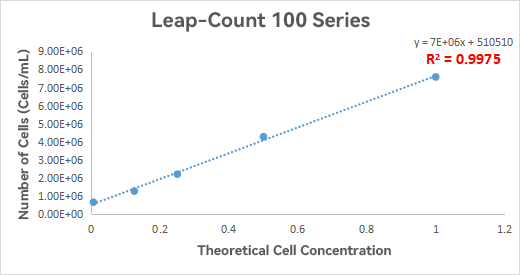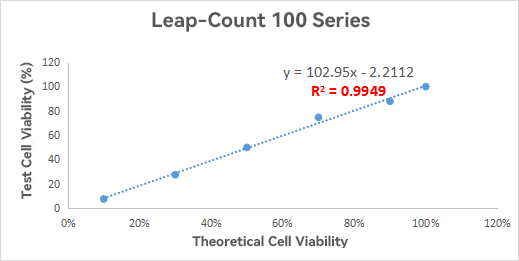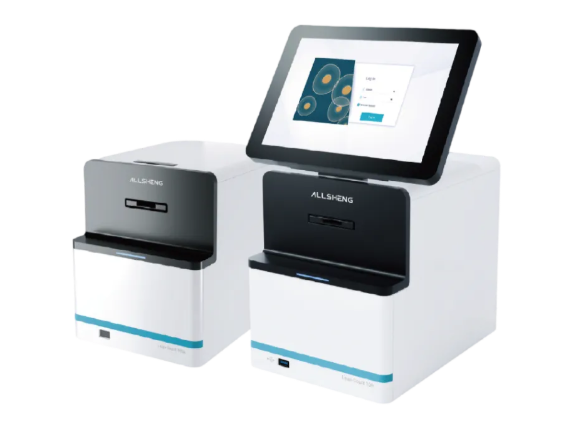As life sciences continue to flourish, cell counters are becoming increasingly important as key tools in scientific research and medical practice. From basic biological research to cutting-edge medical diagnostics and the thriving biopharmaceutical industry, cell counters have always played an indispensable role, laying a solid foundation for the accurate acquisition and in-depth analysis of experimental data.
Cell counting involves determining concentration by measuring the number of cells per unit volume (e.g., cells/mL). Its core approach involves counting and converting a known small volume of cell suspension sample. This technology plays a vital role in medical diagnosis, cell therapy, experimental research, and environmental testing.
01 Advantages, Disadvantages and Application Directions of Common Cell Counting Methods
Manual Cell Counting
✦Principle: Use a hemocytometer to directly observe and count cells under a microscope
✦Advantages: Low cost, simple operation, and intuitive observation of cell morphology
✦Disadvantages: Time-consuming, susceptible to human error, poor reproducibility, not suitable for high-throughput samples
✦Applicable direction: Suitable for small-scale laboratories, cell culture maintenance, and simple cell counting needs
Image-Based Automated Cell Counter
✦Principle: Use optical system to capture cell images and use software algorithms to identify and count cells
✦Advantages: Easy to operate, fast counting speed, and can provide information such as cell size and shape
✦Disadvantages: Difficulty counting low-concentration cells, and limited accuracy for samples with cell clusters or irregular shapes
✦Applicable direction: Suitable for most cell types, especially scenarios requiring rapid and high-throughput counting
Electrical Impedance Cell Counter
✦Principle: Based on the Coulter principle, the resistance change caused by cells passing through the micropore is measured
✦Advantages: Fast counting speed, not affected by cell color or refractive index, and can count all particles
✦Disadvantages: Cannot distinguish between living and dead cells, and cannot count aggregate cells
✦Application direction: Commonly used for complete blood cell count in hospitals
Flow Cytometry
✦Principle: Use fluorescence detection technology to perform multi-parameter analysis of cells
✦Advantages: Can simultaneously analyze cell size, cell cycle, protein expression, etc., and can distinguish different cell types
✦Disadvantages: Expensive equipment, complicated operation, and requires professional personnel
✦Application direction: Mainly used for complex cell analysis and research, such as cell sorting and cell function research
Indirect Cell Counting Method (MTT/CCK8)
✦Principle: Indirectly reflect the number of cells by detecting cell metabolic activity
✦Advantages: No need to count cells directly, the operation is relatively simple
✦Disadvantages: Can only indirectly reflect the number of cells and has requirements for cell metabolic activity
✦Application direction: Suitable for cell proliferation, cytotoxicity and other experiments
02 Common Application Scenarios of Cell Counting

03 Leap-Count 100/100A Overview
Leap-Count 100/100A cell counter leverages advanced optical imaging and intelligent image recognition technology to provide comprehensive cell-related information, including total cells counted, cell concentration, live-dead cell ratio, average cell diameter, average compactness, aggregate, and cell morphology. All data are automatically stored and output in a variety of formats to meet diverse experimental needs. Leap-Count 100/100A demonstrates linearity R² greater than 0.99 for both cell concentration and viability testing.


Currently Validated Cell Types


Click to view details

 Biological Sample Preparation
Biological Sample Preparation
 Life Science Detection Products
Life Science Detection Products
 POCT Detection & Reagent
POCT Detection & Reagent
 Automation & Liquid Handling
Automation & Liquid Handling
 Laboratory Instrument
Laboratory Instrument
 Reagent & Consumable
Reagent & Consumable
 Others
Others
 OEM/ODM
OEM/ODM












 Release time:2025-08-13
Release time:2025-08-13
 Source:
Source:
 Pageviews:848
Pageviews:848














 + 86 571-88859758
+ 86 571-88859758 sales@allsheng.com
sales@allsheng.com



